Renowned video game creator Hideo Kojima, known for hit franchises like Metal Gear and Death Stranding, recently declared the anime series Blue Eye Samurai as undoubtedly the best anime of 2023.
On November 23rd, Kojima posted praise on his social media platform X, raving after watching all 8 episodes that Blue Eye Samurai transcends expectations with its incredible animation and visuals.
Kojima is quite vocal on social media about the shows and films he’s enjoying, so his strong recommendation carries weight with fans.
He often spotlights well-regarded anime series like Blue Giant and Summertime Rendering as current favorites. However, in Kojima’s eyes, the animation quality and visual feats achieved in Blue Eye Samurai reach new heights in advancement.
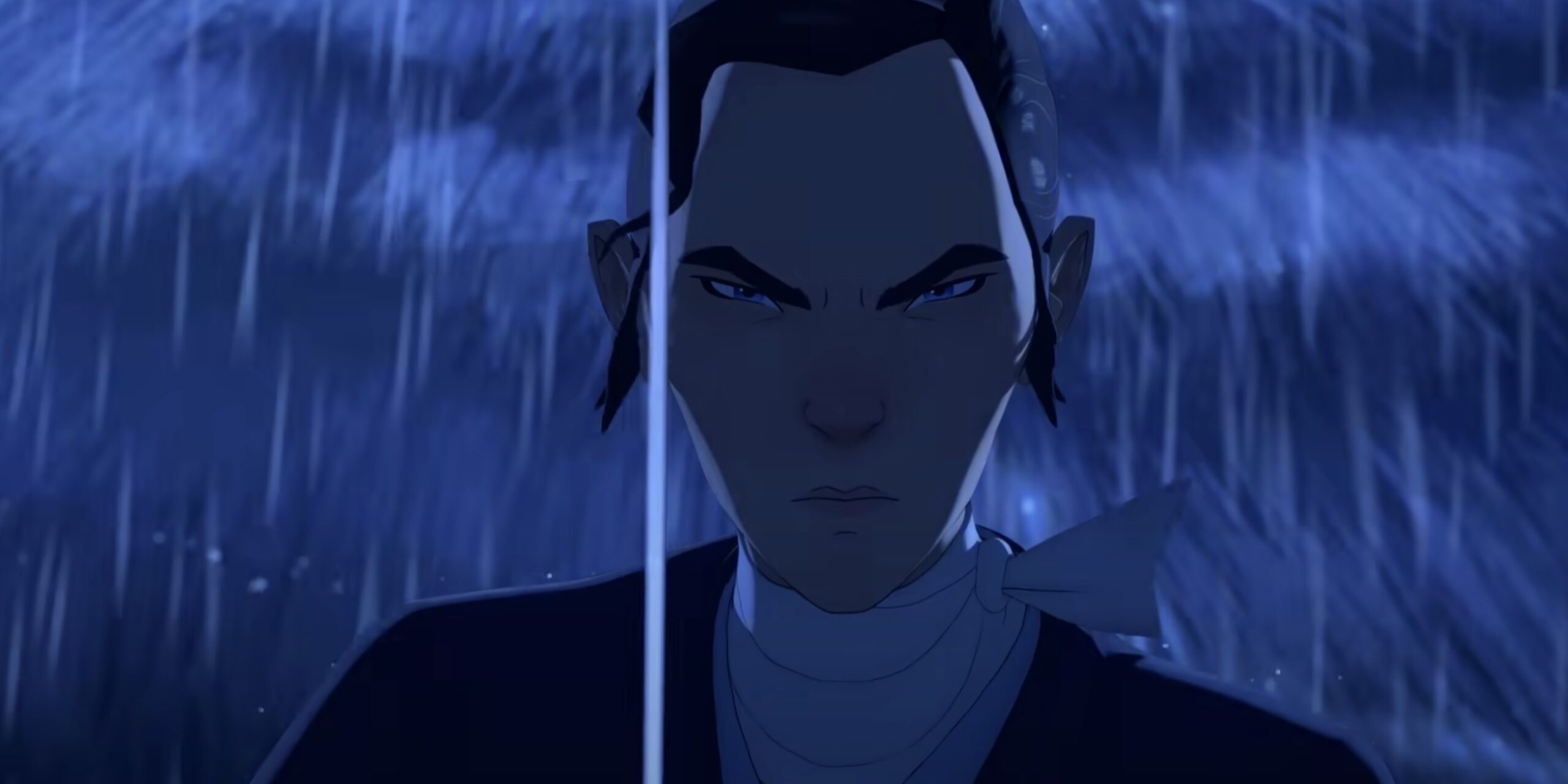
He asserts that while 2018’s Spider-Man: Into the Spider-Verse and 2021’s Arcane progressed CG animation and blurred the lines between mediums, Blue Eye Samurai represents the next level of maturity in utilizing computer graphics to elevate TV animation.
By exceeding the common limitations of what’s considered possible in the animation medium, Kojima believes Blue Eye Samurai deserves recognition as a groundbreaking work demonstrating the future promise of anime.
Hideo Kojima, Creator of Metal Gear, Names Netflix’s Blue Eye Samurai ‘Anime of the Year’
For those still not convinced to watch Blue Eye Samurai, Kojima provides an intriguing introduction to the anime’s premise – is the avenging demon character truly a demon or a samurai? Is it actually a monster? He teases the underlying mystery around this character’s nature and origins.
While the 17th-century Edo period setting provides a backdrop rife with tradition, Kojima notes the themes and messages conveyed feel applicable to the present-day world as well. He praises not just the well-designed and realized anime visuals but also the strong character writing.
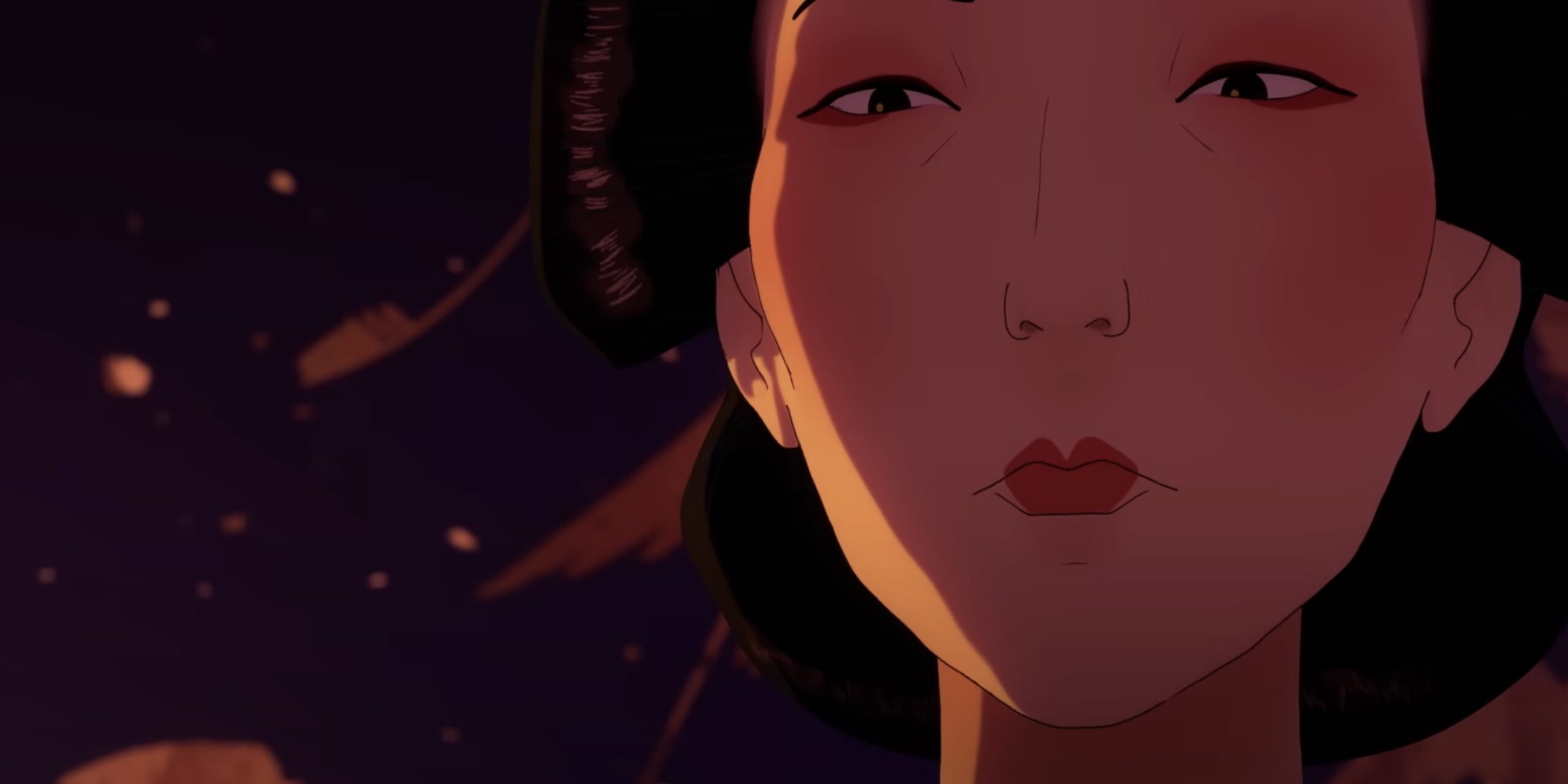
Kojima admits early on, he wondered if heroes like the lead Mizu or supporting characters Ringo, Taigen, and Akemi would resonate.
But as their backstories unfolded and motivations were revealed, he found himself sympathizing and becoming invested in their journeys.
In closing, Kojima declares that those who miss out on seeing Blue Eye Samurai for themselves will be missing out on something special – an anime that pays homage to classic Japanese storytelling while feeling like an innovative step forward for the medium. He firmly believes this is essential viewing for any anime fan this year.
Blue Eye Samurai has proven a breakout hit, resonating with both fans and critics. It is certified fresh on the review aggregate sites, earning impeccable 100% and 96% ratings from professional critics and general audiences respectively.
After Netflix released all 8 episodes on November 3rd, passionate calls for a second season have mounted.
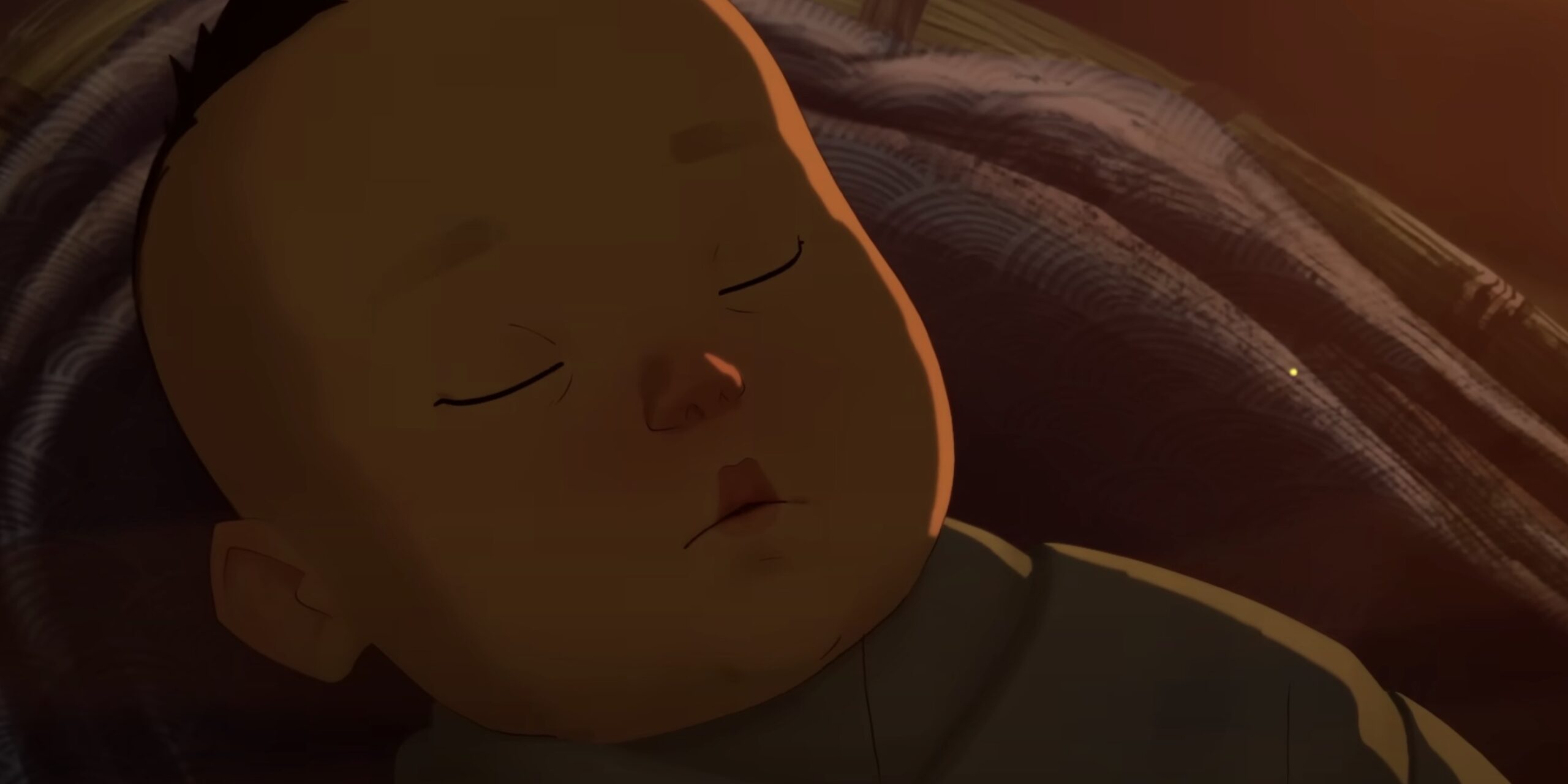
Blue Eye Samurai flew under the radar for many, especially with hotly anticipated anime sequels like Spy x Family, Demon Slayer, Attack on Titan, and Bleach also airing around the same period.
However, much like the gripping action sequences within the show itself, Blue Eye Samurai struck audiences unexpectedly.
As described by Netflix, the series follows a young female warrior in feudal Japan pursuing a dream of avenging herself upon those who made her an outcast, cutting a bloody path toward her destined revenge.
Starring Maya Erskine, Brenda Song, Kenneth Branagh, and more, Blue Eye Samurai combines visceral drama with cinematic visual splendor.
Once overlooked, the anime underdog has broken out from the pack, potentially launching a franchise if demands for a continuation are met. Between stunned professional reviewers and enraptured casual viewers, Blue Eye Samurai may have just begun turning heads toward a bright, wide-eyed future.
More About Blue Eye Samurai
Even viewers typically not drawn to animation may still be intrigued by Blue Eye Samurai’s star-studded cast. Kenneth Branagh, George Takei, Randall Park, and Disney actress Brenda Song lead a sprawling ensemble.
But top billing goes to PEN15’s Maya Erskine as lead heroine Mizu, the eponymous blue-eyed samurai cutting a bloody path through 17th-century Japan to avenge her mother’s death.
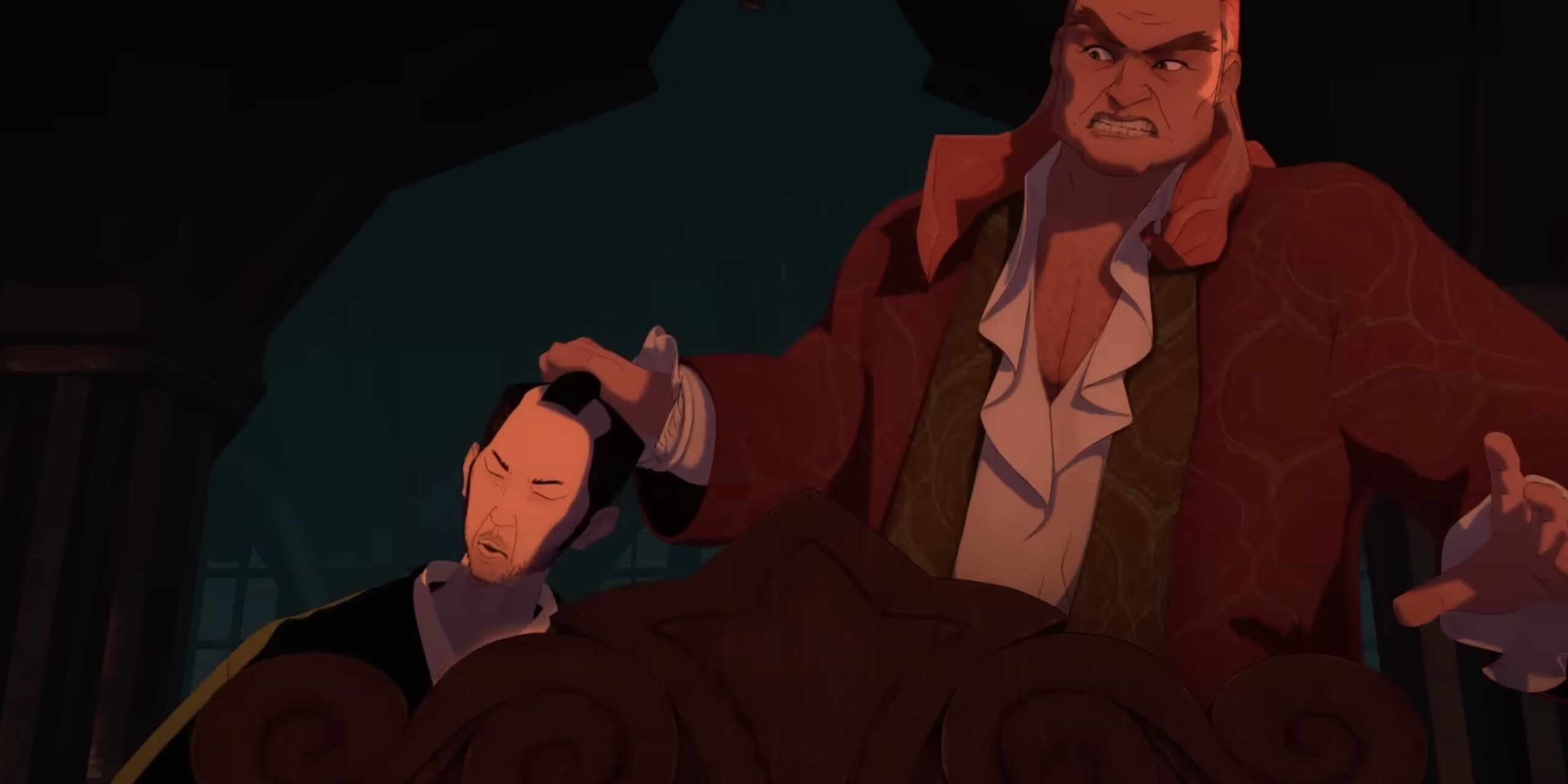
The Edo period setting sees Japan’s borders sealed, with outsiders and their children considered subhuman “monsters” rather than pure-blood Japanese.
Mizu’s rare blue eyes instantly mark her as the child of a “white devil” foreigner. With only four documented Westerners in the country, she embarks on her quest to kill all four in retribution.
Flashbacks depict a childhood of torment by xenophobic locals. Mizu’s only savior is a blind sword-maker who takes her under his wing as an apprentice, either oblivious to or intentionally overlooking her true foreign origins.
This tantalizing revenge premise portrayed through a diverse award-worthy cast and cinematic animation demonstrates Blue Eye Samurai succeeding at more than just technical brilliance.
It provides both simple genre entertainment and timely societal commentary, transcending expectations of what an anime can achieve.
Blue Eye Samurai’s Unique Blend of Animation and Storytelling
We’re introduced to Mizu mid-confrontation with a vulgar human trafficker dealing in flesh and firearms. She ruthlessly intervenes, disabling him by slicing off his trigger fingers as he screams profanities at the “dead-eyed, half-blooded, demon bastard.” But Mizu quickly gets the upper hand against her outmatched opponent.
This sequence demonstrates one of Blue Eye Samurai’s consistent pleasures – its frequent, masterfully choreographed fight scenes.
Mizu possesses seemingly superhuman samurai skills, capable of conquering small armies alone with casual grace.

The showcase battles advertised in promotions, like Mizu taking on four ruthless giants while injured on a narrow cliffside, deliver exactly as promised. Their entertainment value is fantastic.
Yet the series also springs violent moments unexpectedly to shock viewers, keeping them off balance. A seemingly civil conversation suddenly spirals when a character’s arm gets gruesomely lopped off without warning, derailing diplomacy into further bloodshed.
Through Mizu’s mythic warrior exploits and unpredictable bursts of intense action, Blue Eye Samurai keeps tensions high and pulses racing across its runtime.
Choreography and Intensity in Blue Eye Samurai’s Fight Scenes
Combined with emotionally resonant drama, the anime has proven to be a rollercoaster that viewers simply do not want to end.
True to Kojima’s praise, Blue Eye Samurai delivers visual splendor alongside its gripping, blood-soaked drama. The violence is visceral and intense – teeth become bullet projectiles while limbs are lopped off with alarming regularity, arterial spray coating gorgeous icy landscapes now turned blood-slickened.
Yet striking painterly frames capture quiet moments too – the delicate beauty of a forest glazed in ice, a brothel-lined road bathed in soft pink light.
Mizu’s solemn demeanor fits her revenge quest, but warmth beams from her headstrong apprentice Ringo and flashy childhood rival Taigen, their playful rivalry rooted in mutual respect.
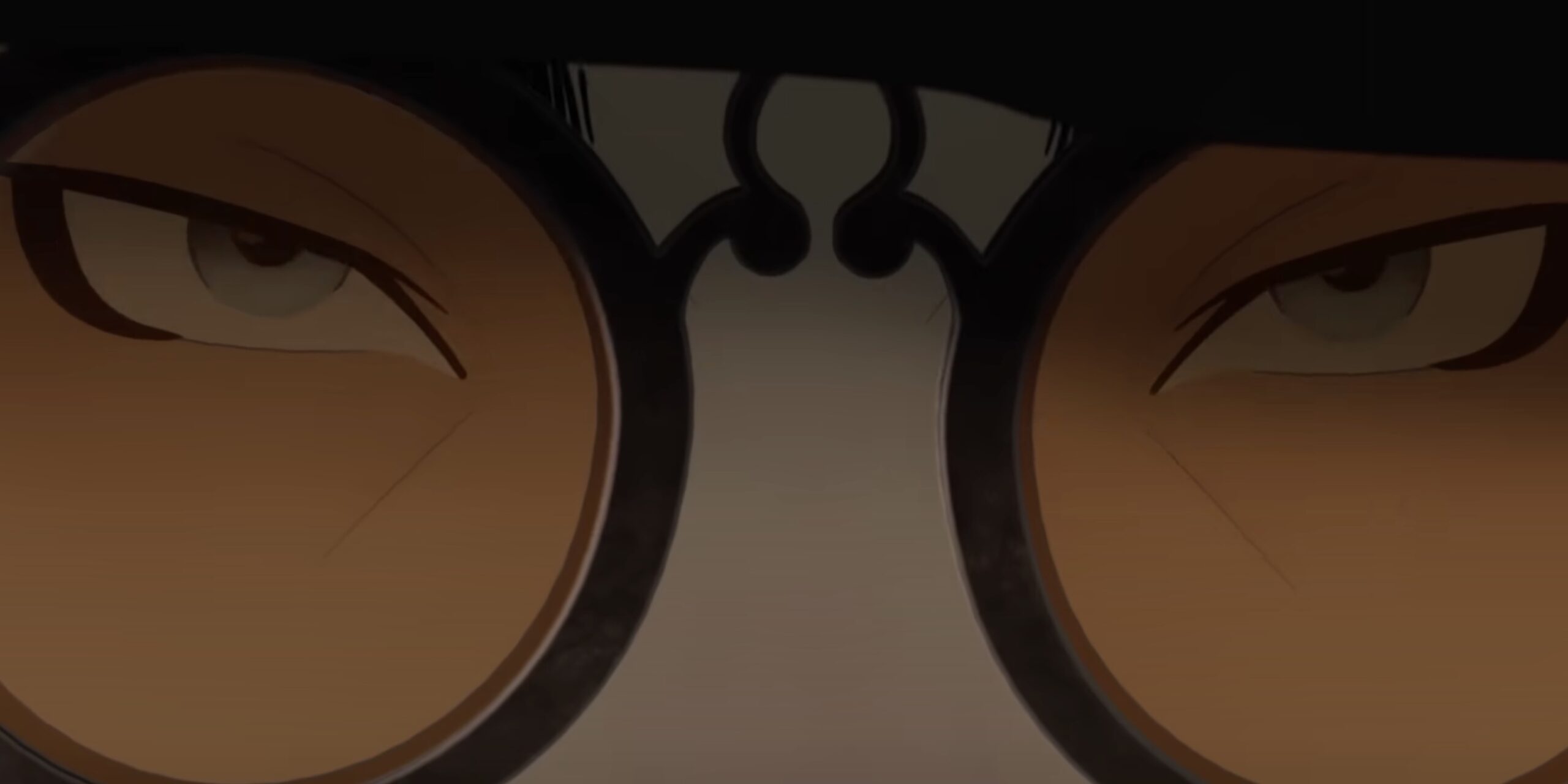
Villain Fowler, an opium and weapons-importing British extortionist, provides darkness through actor Kenneth Branagh’s relish for grandiose theatrical villainy.
Sequestered in an isolated island castle, this brutal figure seems unstoppable, making him suitably positioned as Mizu’s ultimate adversary. From gritty action to picturesque vistas and playful camaraderie to larger-than-life antagonism, Blue Eye Samurai fires on all cylinders.
Epic Tales and Societal Commentary
Backed by a strong ensemble, Maya Erskine’s Mizu anchors the series with a smoldering performance that cuts as deep as any blade brandished on screen.
Showrunners Amber Noizumi and Michael Green have crafted a captivating world with parallels to Game of Thrones’ political intrigue and perilous power struggles.
Protagonist Mizu is regarded as male by nearly everyone around her, a necessary façade that actor Maya Erskine embodies with a gruffly sly vocal performance.
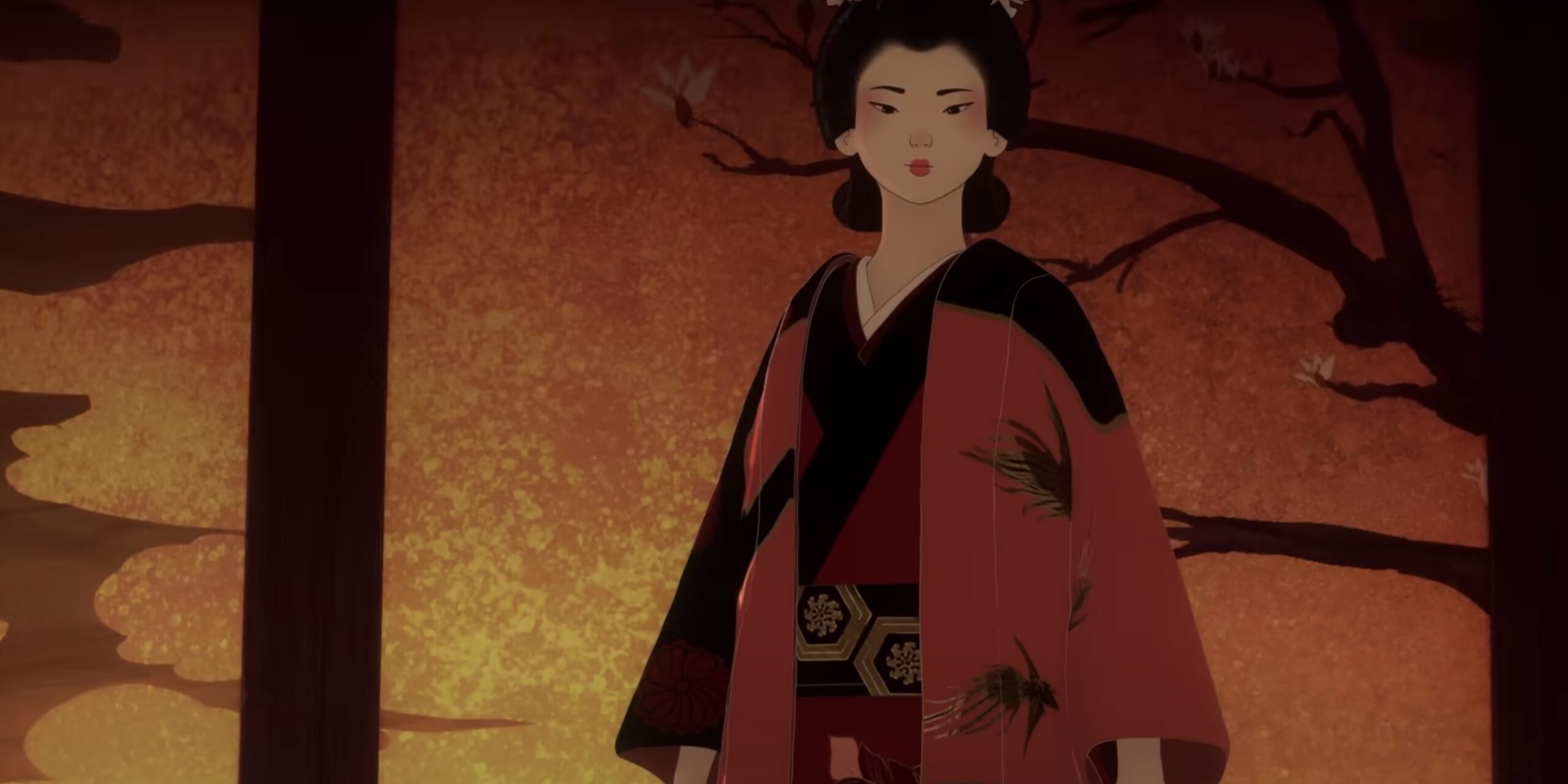
In a parallel storyline, we follow Princess Akemi as she resists her father’s attempts to essentially sell her in marriage to potential suitors for political gain.
Both women push against the oppressive patriarchal systems dictating their lives, though through diverging and often conflicting approaches seeking personal agency and liberty.
Beyond its gripping tales of revenge and rebellion lies insightful commentary on the historical plight women faced under rigid feudal social hierarchies.
Yet the series translates such weighty themes into accessible entertainment thanks to rich worldbuilding and charismatic performances led by Erskine’s magnetic Mizu.
With additional tales of princely rivalry, ninja assassins, and even supernatural spirits woven through its feudal tapestry, Blue Eye Samurai clearly aims to build an immersive fantasy epic for the ages.
If audience reactions are any indication, this anime has enthusiasts eager to further explore its grand lyrical vision.
Ambitious and Thrilling
While conveying weighty themes, Blue Eye Samurai avoids getting mired down by self-seriousness. It recognizes its core appeal lies in delivering an epic tale of honor and revenge fueled by violence.
Outcast heroine Mizu thus makes for an easy underdog to rally behind as she confronts seemingly endless battles against the odds.
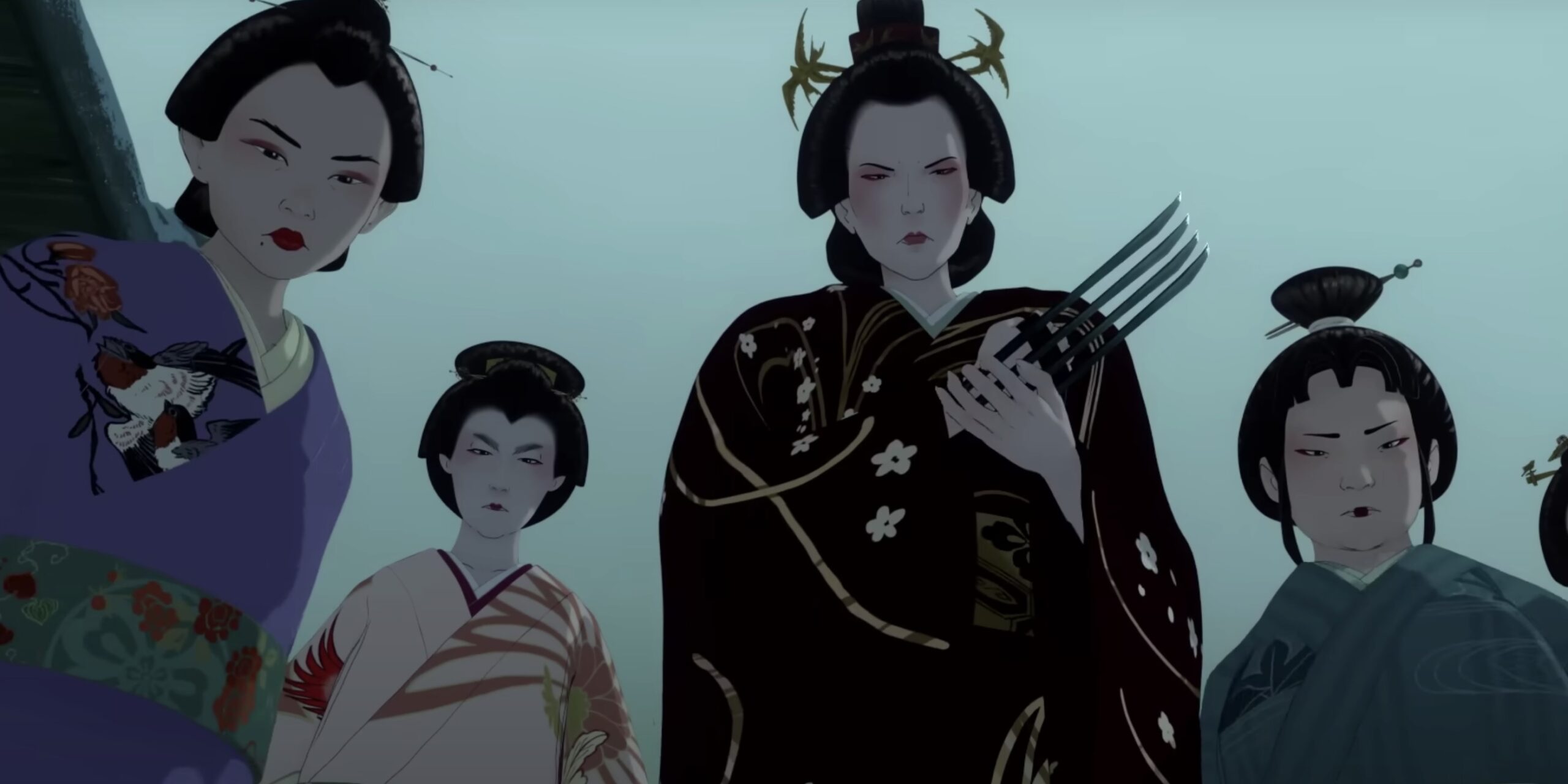
Betrayals double-crosses, and ethical compromises raise the narrative stakes. Yet the show maintains an entertaining momentum both through well-constructed intrigue and by simply being a lot of bloody fun along the way.
Blue Eye Samurai represents smart, cinematic, and mature storytelling that nonetheless retains a spirit of youthful excitement.
It provides both artfully constructed drama for connoisseurs to appreciate and simply a thrilling good time for action fans craving arena-sized samurai showdowns.
With towering ambitions matched by virtuosic execution, this anime has proven itself a transcendent work that expands notions of what animated serials can achieve. Whether analyzed deeply or just enjoyed viscerally, Blue Eye Samurai cuts an uncompromising vision, clearly leaving its mark upon audiences.





